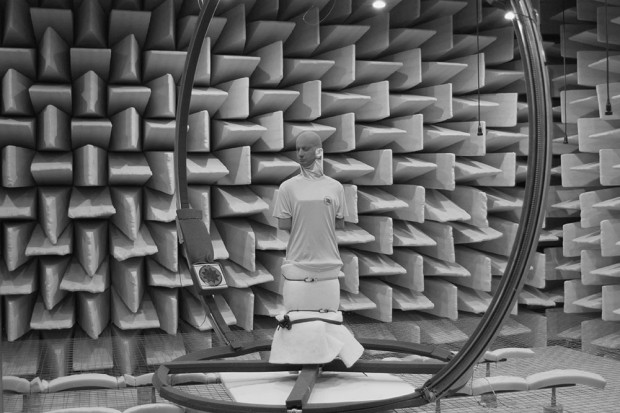The spatialisation of sound has become one of the main compositional design categories of acoustic media art in the 20th century. This already applies to the early works of electronic music being composed for quadraphonic playback systems, as well as to the early American Tape Music with up to eight playback channels. But especially in the pioneering pieces of computer music the potentials of a consistent space simulation became prominent. However, except for a few successful approaches, composers of electracoustic music most commonly renounced the ability to treat design of space conceptually as performative degree of freedom and to give the spatial control of sound to a performer. This was mainly due to the complexity of the task, particularly concerning the means of control for multi-channel playback systems.
Latest methods of sound field synthesis and efficient algorithmic solutions allow new appoaches of spatial sound control and adjustable complexity in real time. Precise simulations by means of dynamic binaural synthesis and the use of a newly developed headphone system will allow to develop an interface for a comprehensive binaural simulation environment. This simulation system will serve musicians and composers as a kind of training environment in which the later sound field can be binaurally auralized already during the compositional and rehearsing process in real time (respectively the individually adjusted transmission system). This will allow both the anticipation of creative interventions and any kind of interaction between room acoustic variables and the movements and gestures of the musical performers.

